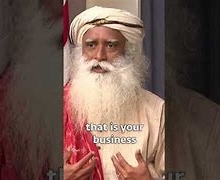…a personal union
A personal union is the combination of two or more states that have the same monarch while their boundaries, laws, and interests remain distinct. A real union, by contrast, would involve the constituent states being to some extent interlinked, such as by sharing some limited governmental institutions. In a federation and a unitary state, a central (federal) government spanning all member states exists, with the degree of self-governance distinguishing the two. The ruler in a personal union does not need to be a hereditary monarch. The term was coined by German jurist Johann Stephan Pütter, introducing it into Elementa jury public germanic (Elements of German Public Law) of 1760. Personal unions can arise for several reasons, ranging from coincidence (a woman who is already married to a king becomes queen regnant, and their child inherits the crown of both countries; the King of one country inherits the crown of another country) to virtual annexation (where a personal union sometimes was seen as a means of preventing uprisings). They can also be codified (i.e., the constitutions of the states clearly express that they shall share the same person as head of state) or non-codified, in which case they can easily be broken (e.g., by the death of the monarch when the two states have different succession laws).
Because presidents of republics are ordinarily chosen from within the citizens of the state in question, the concept of a personal union has almost never crossed over from monarchies into republics, with the rare exception of the president of France being a co-prince of Andorra. In 1860 Marthinus Wessel Pretorius was simultaneously elected as the president of Transvaal and Orange Free State and he tried to unify the two countries but his mission failed and led to the Transvaal Civil War.
Check More at http://track.healthtrader.com/track.php?c=cmlkPTc4NTE0MSZhaWQ9NjIyNTgxODI
















